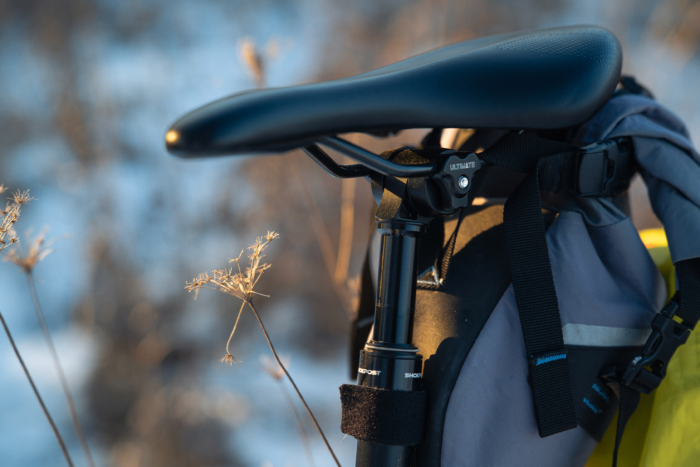Be it for fun or utility on a daily commute to work or school, bicycling does not need to end when the snow flies. I have ridden year ‘round in Minnesota, my home state, for several seasons, including in snowstorms and on days when the mercury has plunged to zero degrees and below. No doubt, biking in the winter is difficult and cold. But if you slow down and gear up right riding through the white months can be manageable and, some days, even a joy. Here are a few things I have learned along the way. —Stephen Regenold
Hands and Feet — Focus on the extremities. They are often the first to feel the chill on a winter ride. I wear thick gloves down to about 25 degrees, and then mittens below that. My feet are kept warm in insulated clip-in bike shoes made for winter. Another alternative are shoe covers, which fit over normal bike shoes to block wind and add warmth.
Specifically, I wear the Pearl Izumi Barrier GTX shoes most days. They are average in weight for this kind of shoe (about 20 ounces per foot) and also average in warmth (they are good to about 10 degrees F for me). Lake Cycling has insulated leather biking boots that many winter riders I know swear by, and most of the big bike-shoe brands carry a winter model as well.
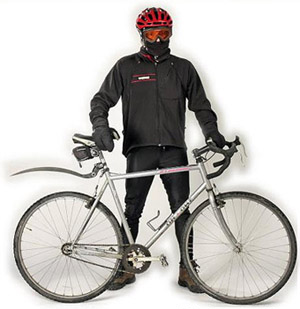
For mitts, something like the hybrid P.R.O. Softshell Lobster glove from Pearl Izumi is good, as you get more dexterity for shifting and braking than you do with just plain mitts. But on really cold days I default to thick mountaineering mittens and sacrifice dexterity for circulation and feeling in my fingers and hands!
Illumination — A double-whammy of shorter days and snow-battling drivers not looking as hard for cyclists make bright bike lights paramount. I often clip two red blinking lights on my rear — one on a backpack, one on an under-seat bag — and then rely on a bright white L.E.D. up front. “See and be seen” in the dark winter months, that’s my mantra.
For light recommendations, there are dozens of options in this area. We have been digging the Light & Motion Urban 500 for its brightness and overall ease of use. On the back, we’ve tested and can recommend the Cateye Rapid 5 and the Serfas’ USL-TL60 (touted as “world’s brightest single-L.E.D. taillight”) as solid, near-blinding, blinking rear red light options.
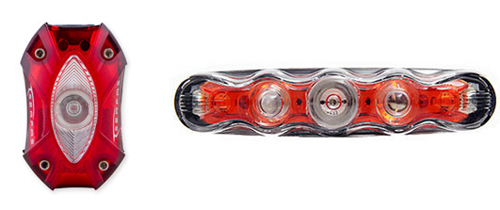
Single-Speed Bike — For me, multiple gears are unnecessary for winter riding. I pedal slower and do not often tackle long rides with big hills like I would in warmer months. As such, I ride a bike with just one speed. My single-speed mountain bike is fast enough for any snowy terrain or plowed road, and its pared-down nature (no derailleurs, a single cog on back) means there are fewer moving parts to attract gunk or freeze up.
Fat Bike (Snow Bike) — Another option is getting a bike with oversized tires, including the Surly Pugsley or Moonlander models or Salsa brand’s Mukluk. All of these bikes have fat wheels and tires made for snow that are nearly four inches wide. We recently reviewed the Mukluk here.
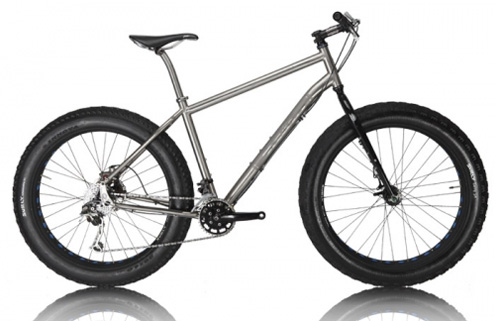
Studded Tires — Extreme climates (my home state included!) can require bike tires made for snow and ice. Models like Continental’s Spike Claw (which I am currently running) or the Schwalbe Marathon Winter have embedded carbide studs to give some extra grip on snowy roads and ice.
Shell Jacket — Sounds simple, but remember that a good shell jacket that’s waterproof and breathable is essential for blocking wind and protecting from the elements on a winter ride. I often wear a Gore-Tex based jacket or one made of a fabric called eVent. These jackets are available from multiple manufactures and are mandatory for winter riding. You can use your regular winter shell in most scenarios, or if you’re really serious about winter cycling look at made-for-riding winter jackets the likes of the Gore Bike Wear Fusion Jacket or Castelli’s slick Espresso Due (which is advertised as being “designed for the rider looking for luxury and performance in a winter jacket with our highest level of attention to the little details.”)
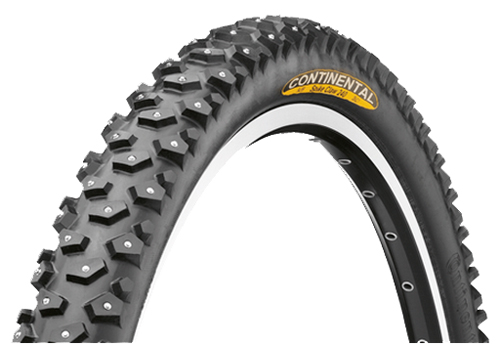
Clean Your Ride — An occasional wash-down with a rag and bike cleaner will help rejuvenate components gunked with dirt, sand, and road salt. We have been using lube and bike wash from Motorex, a Swiss bike line. I wipe and wash my chain and drivetrain a couple times a month and then lube the bike before suiting up to hit the winter road again.
Pack the Extras — For longer rides (an hour or more) I always wear a small backpack with a spare hat, extra gloves and an insulating fleece top. These backup pieces can save the day if you get cold on a ride. Conversely, if I am too warm I can take off a layer and store it in my pack with no fuss. Temp swings can be dramatic on a winter bike ride, be it your body temp from exertion or a change outside (wind picks up, sun goes down, etc.). Be prepared out there!
—Stephen Regenold is editor of GearJunkie.com. For more about winter biking see GearJunkie’s recent “Winter Biking Gear Article” and our classic (highly commented on!) “Winter Bike Commuting: 10 Tips to Ride Safe.”


